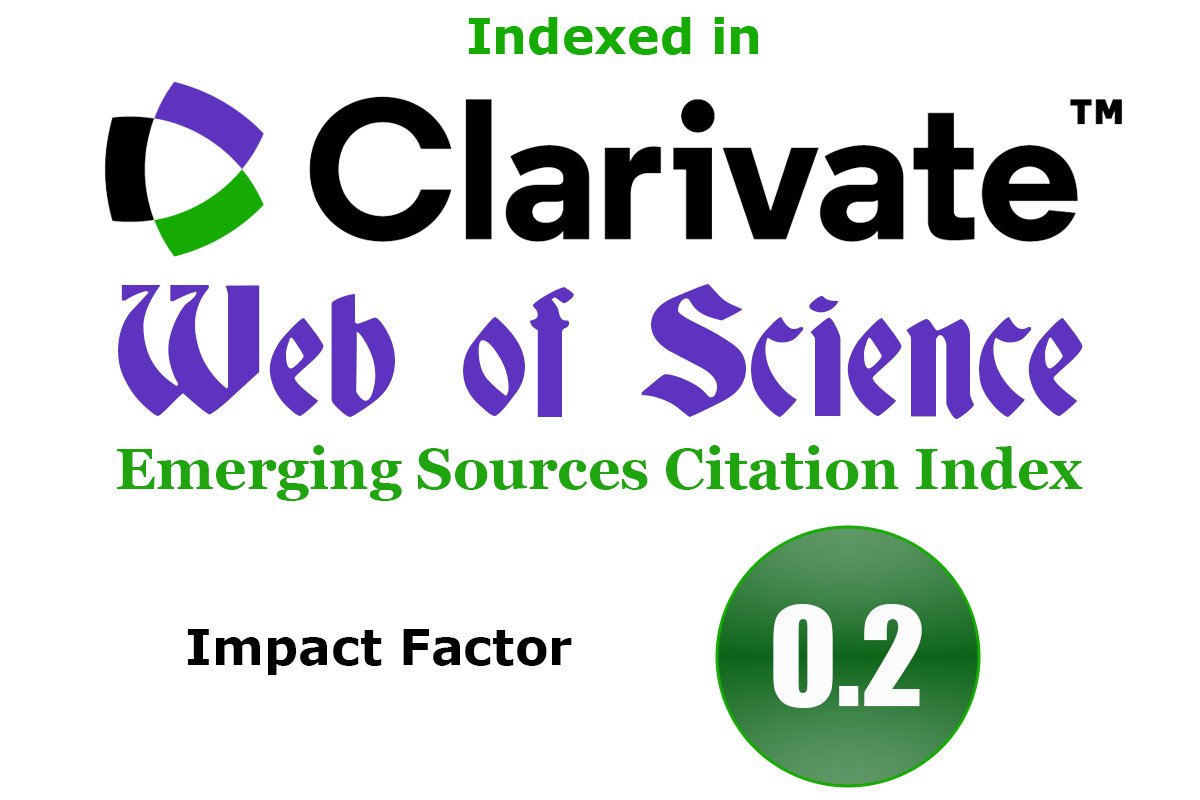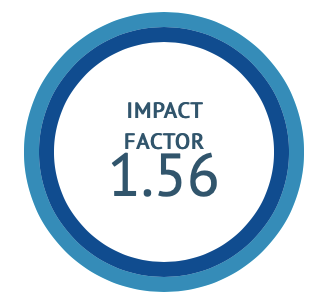Evaluation of Efficacy of Aparajita (Clitoria ternatea Linn.) in the Management of Depression in Farmers of Vidarbha Region Chronically Exposed to Organophosphorus Compounds
DOI:
https://doi.org/10.47552/ijam.v16i3.6008Keywords:
Aparajita Mool, Clitoria ternatea, Organophosphorus exposure, Depression, Farmers, Cholinesterase activityAbstract
Introduction: India is an agrarian country where pesticides and insecticides are abundantly used in farming. Organophosphorus compounds are the most common class of pesticides, known to inhibit acetylcholinesterase, thereby increasing acetylcholine levels in the central nervous system. Chronic exposure results in neuropsychiatric manifestations such as depression, often associated with suicidal tendencies. In Ayurveda, several Medhya Rasayana drugs are indicated for mental health disorders. Aparajita (Clitoria ternatea Linn.), traditionally described as Tridoshaghna, Aampachana, and Vishaghna, also possesses Sarpavishahara (anti-venom) properties. Aim: To evaluate the efficacy of Aparajita Mool (Clitoria ternatea Linn.) in the management of depression among farmers chronically exposed to organophosphorus compounds. Methods: A community-based survey was conducted in the Wardha district of Vidarbha, Maharashtra, to identify farmers with more than 12 months of chronic exposure to organophosphorus compounds. Eligible participants were clinically assessed using Hamilton Depression Rating Scale, and serum cholinesterase levels were measured. A total of 40 farmers with mild to moderate depression were enrolled after informed consent. The intervention consisted of Aparajita Mool Churna (1 g daily) for 6 consecutive months. Follow-up assessments were conducted at the 3rd, 6th, and 9th months. Results: Comparison of baseline and 9-month follow-up values demonstrated a highly significant improvement (p < 0.001) in both serum cholinesterase activity and Hamilton depression scores. Conclusion: Aparajita Mool exhibited considerable efficacy in reducing depression severity and normalizing serum cholinesterase levels in farmers chronically exposed to organophosphorus compounds. This study supports its potential role as an effective Ayurvedic intervention for occupationally induced depression.
Downloads
Published
How to Cite
Issue
Section
License
Copyright (c) 2025 International Journal of Ayurvedic Medicine

This work is licensed under a Creative Commons Attribution-NonCommercial-ShareAlike 4.0 International License.
The author hereby transfers, assigns, or conveys all copyright ownership to the International Journal of Ayurvedic Medicine (IJAM). By this transfer, the article becomes the property of the IJAM and may not be published elsewhere without written permission from the IJAM.
This transfer of copyright also implies transfer of rights for printed, electronic, microfilm, and facsimile publication. No royalty or other monetary compensation will be received for transferring the copyright of the article to the IJAM.
The IJAM, in turn, grants each author the right to republish the article in any book for which he or she is the author or editor, without paying royalties to the IJAM, subject to the express conditions that (a) the author notify IJAM in advance in writing of this republication and (b) a credit line attributes the original publication to IJAM.




